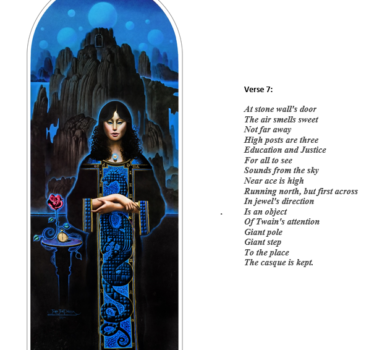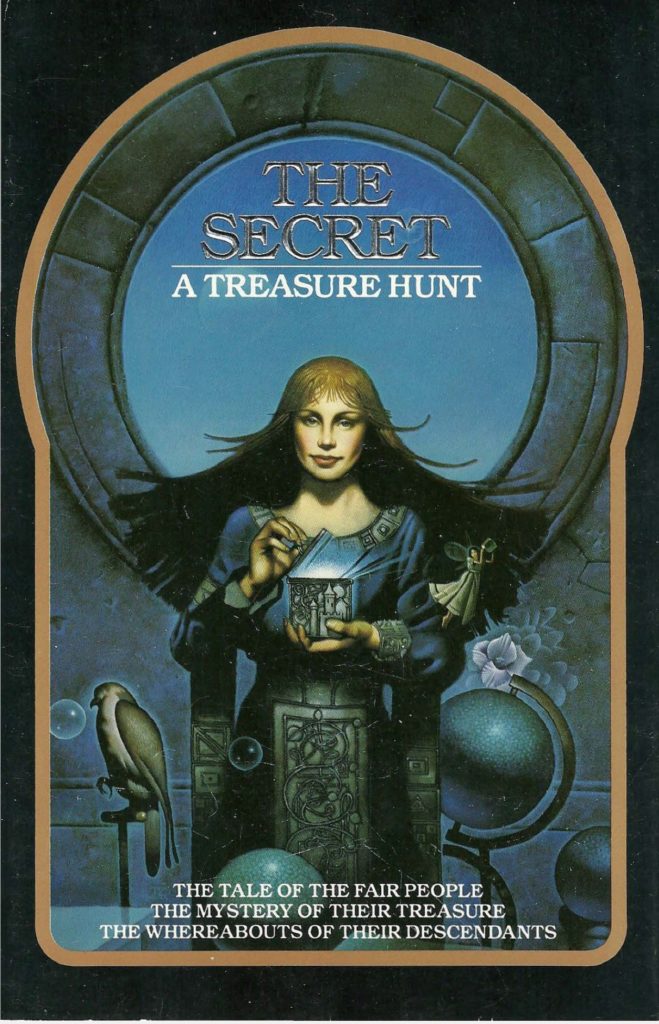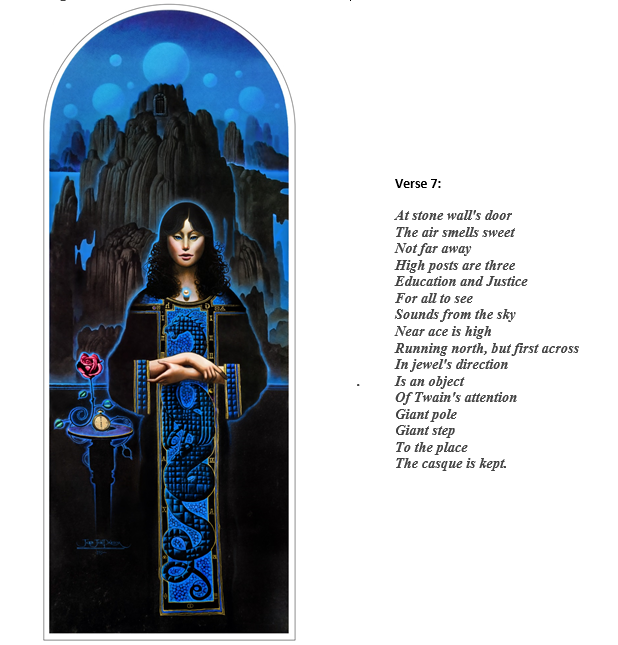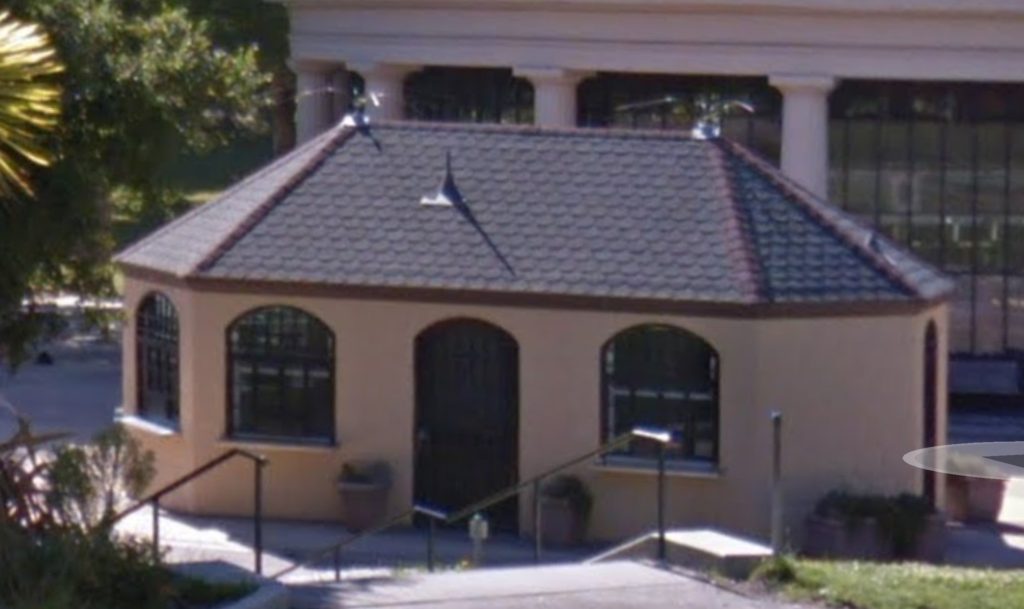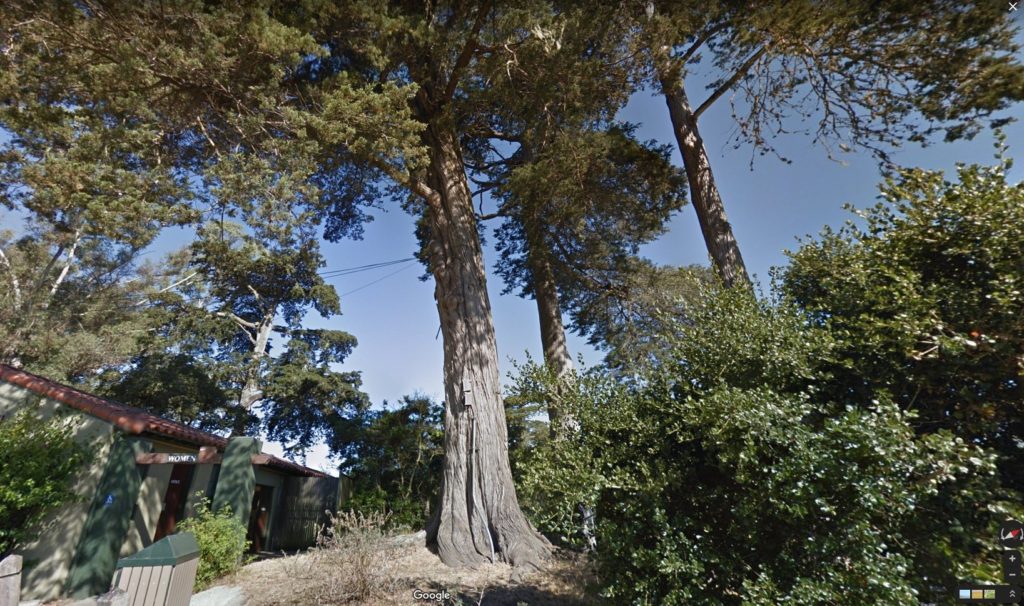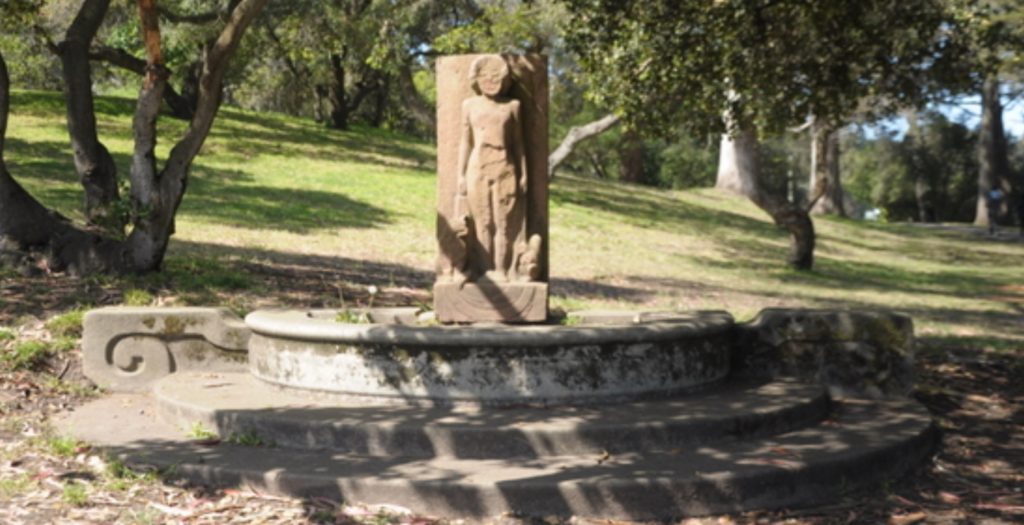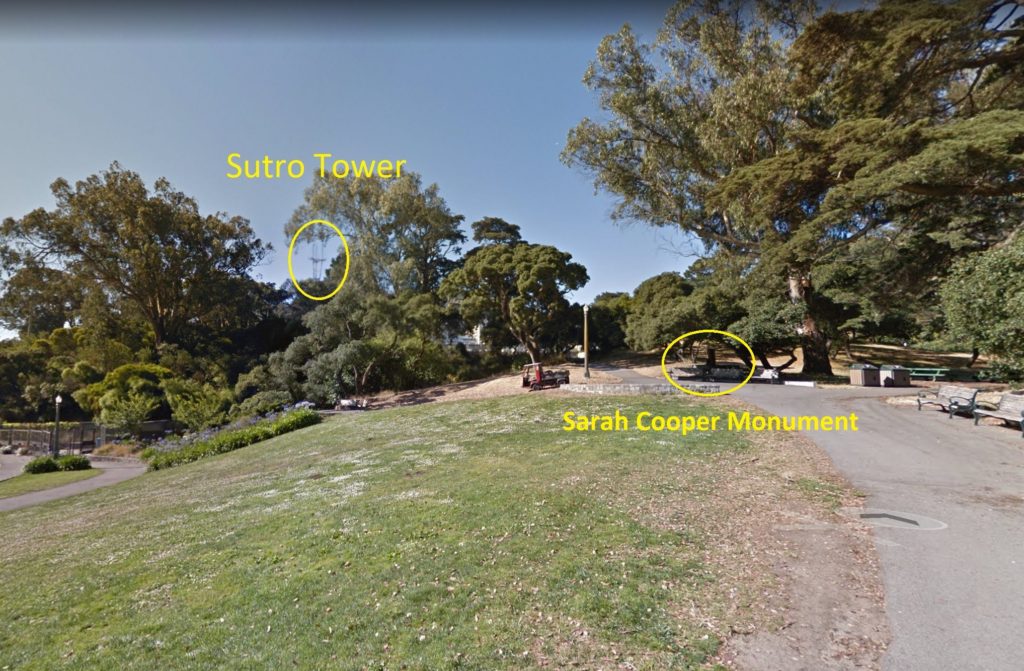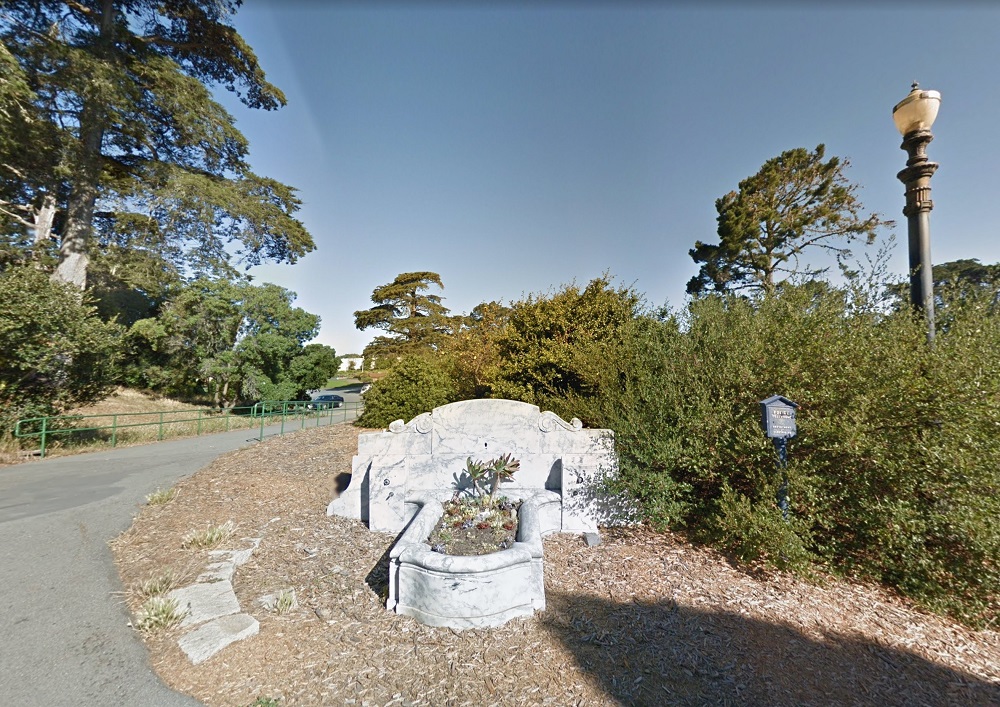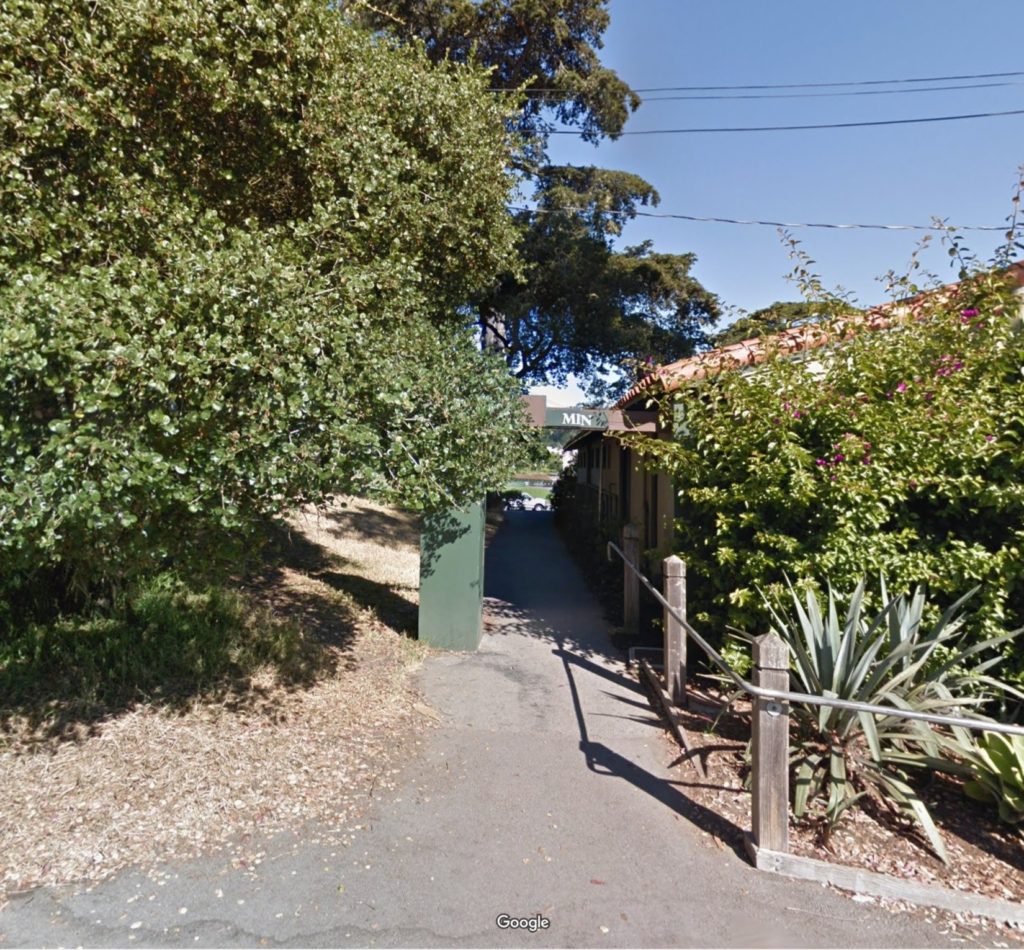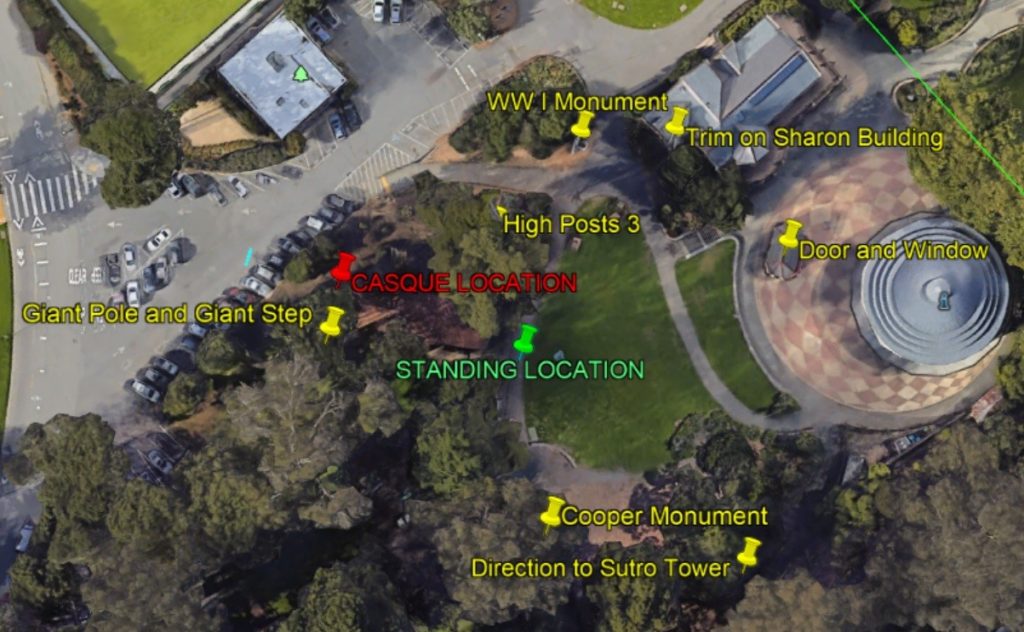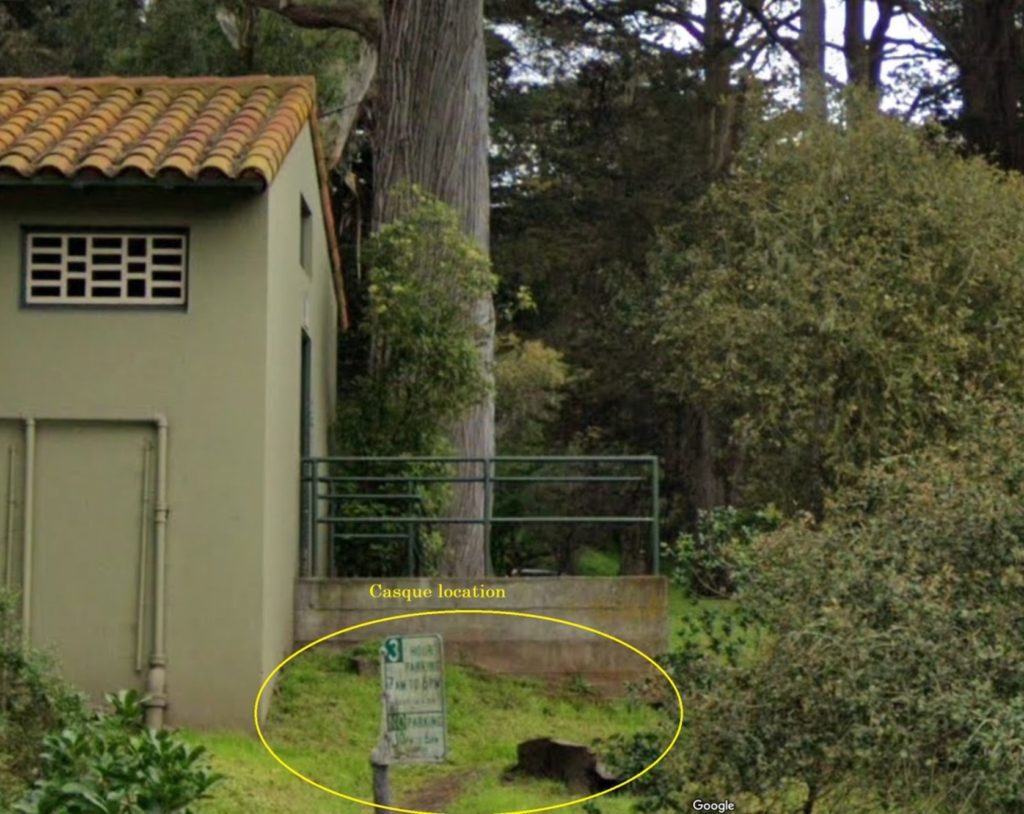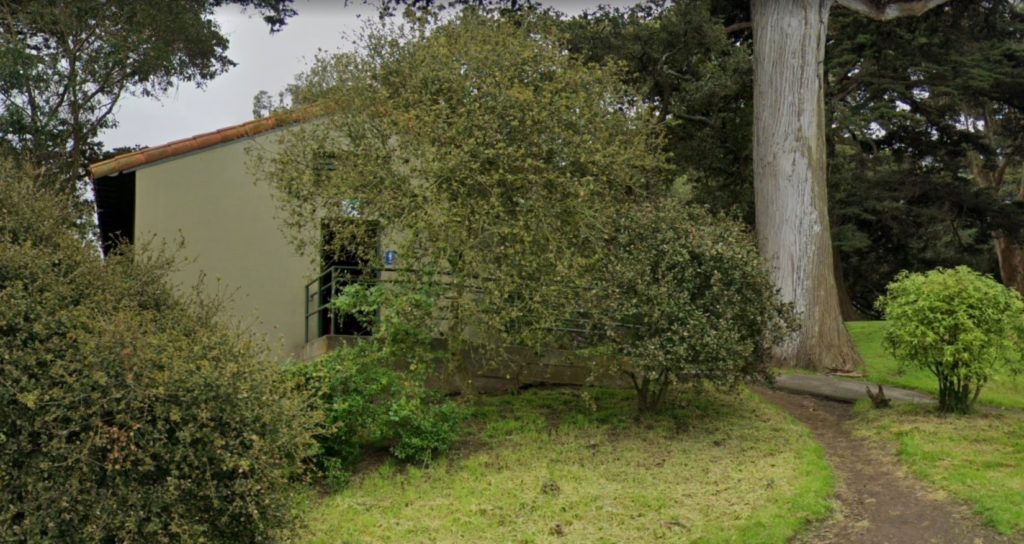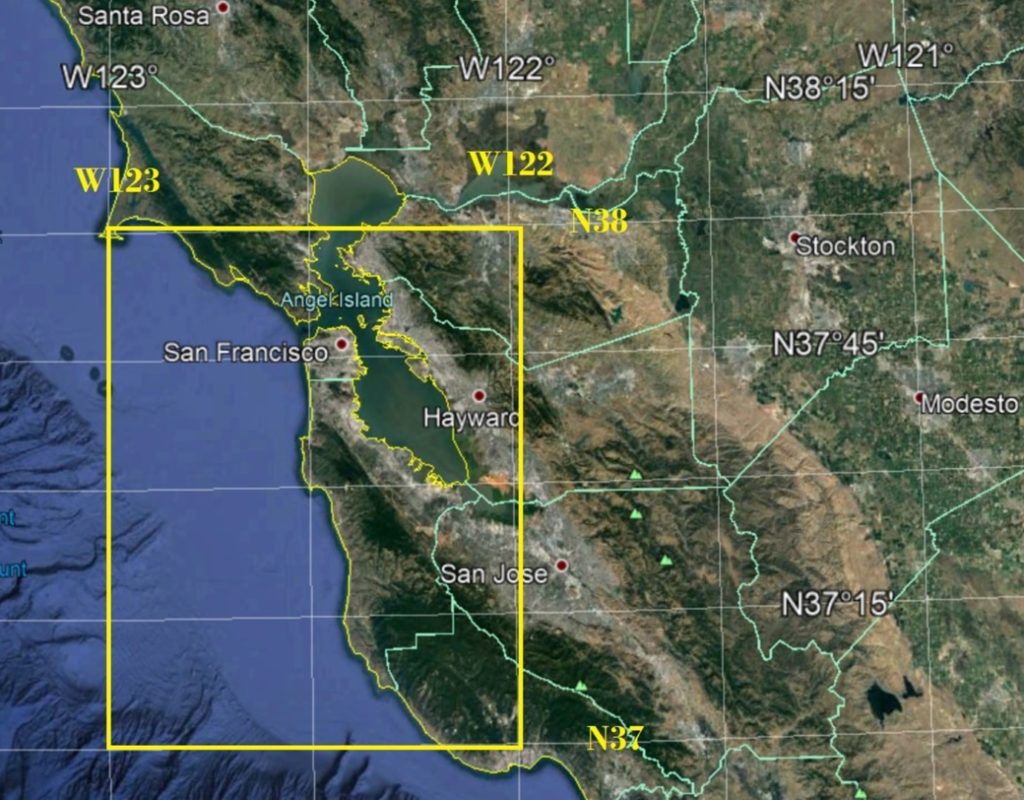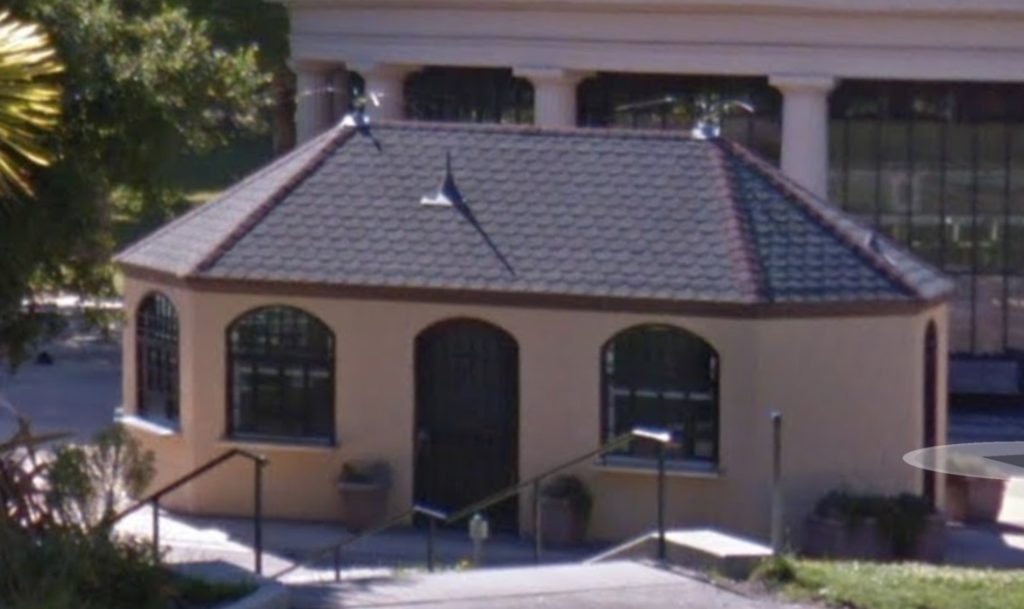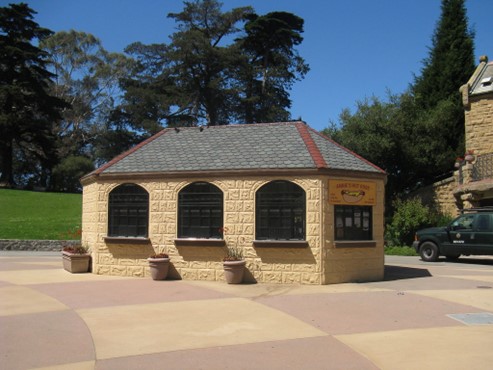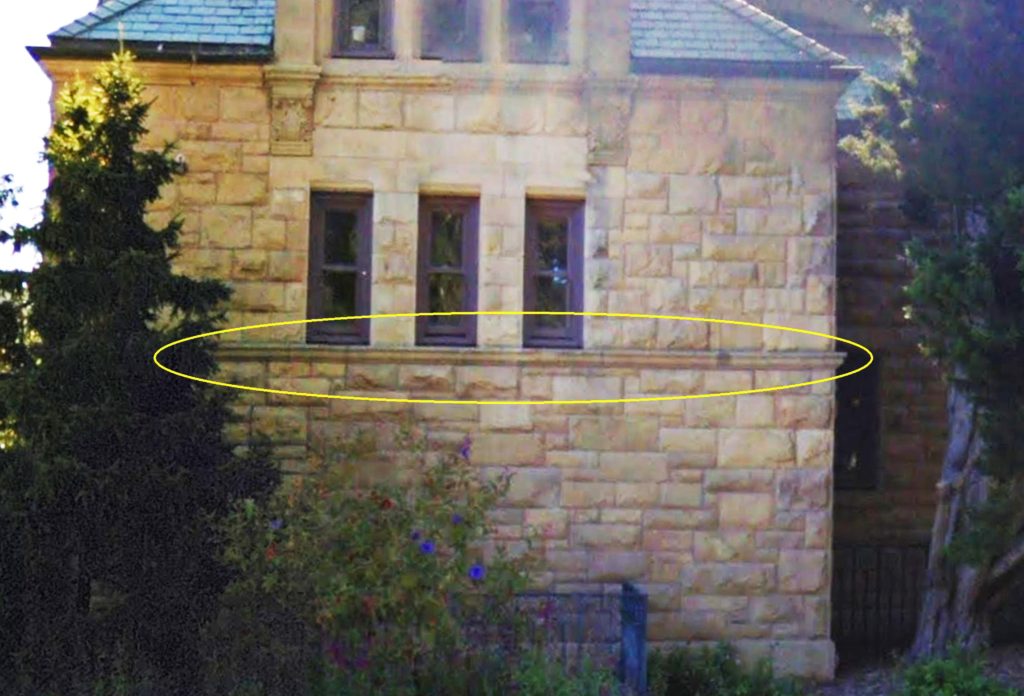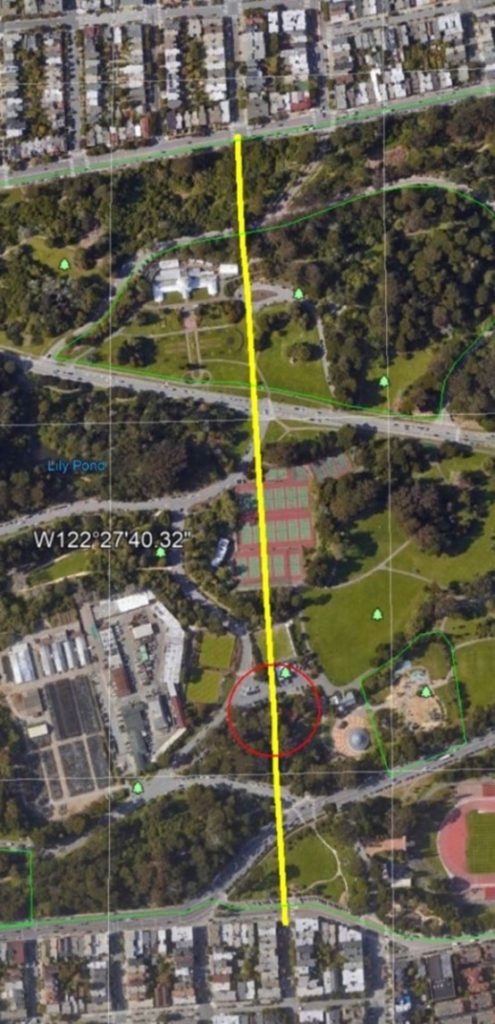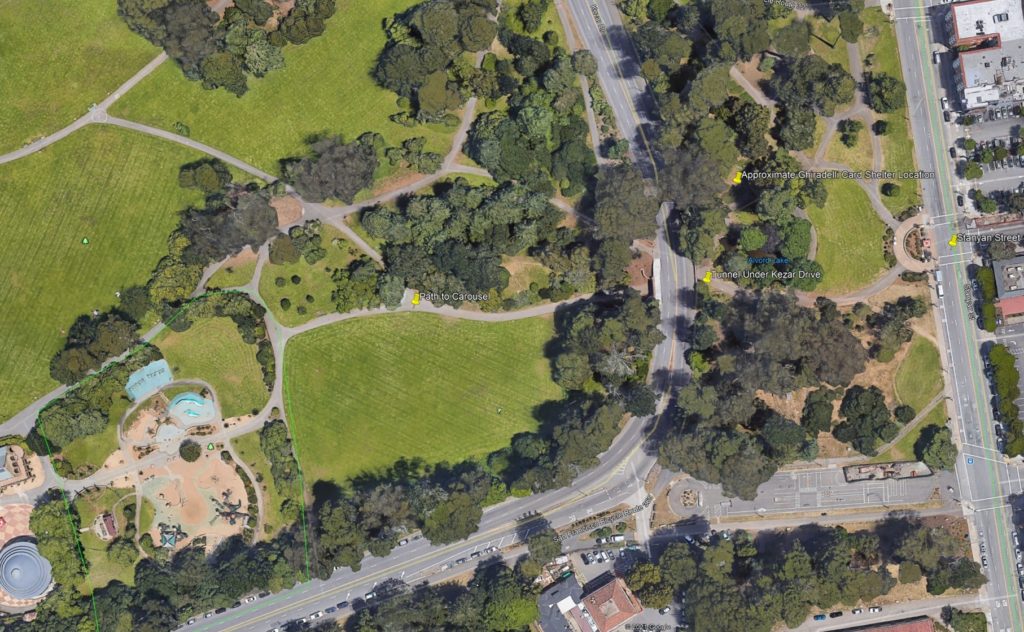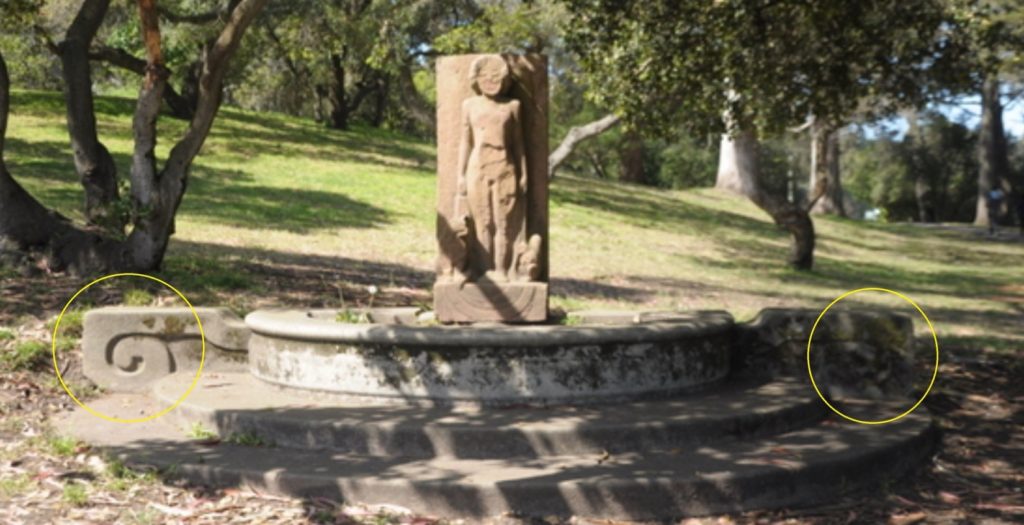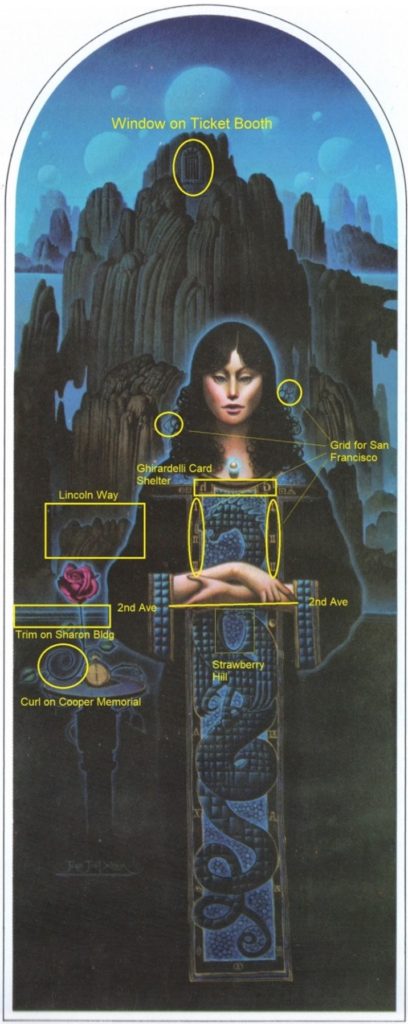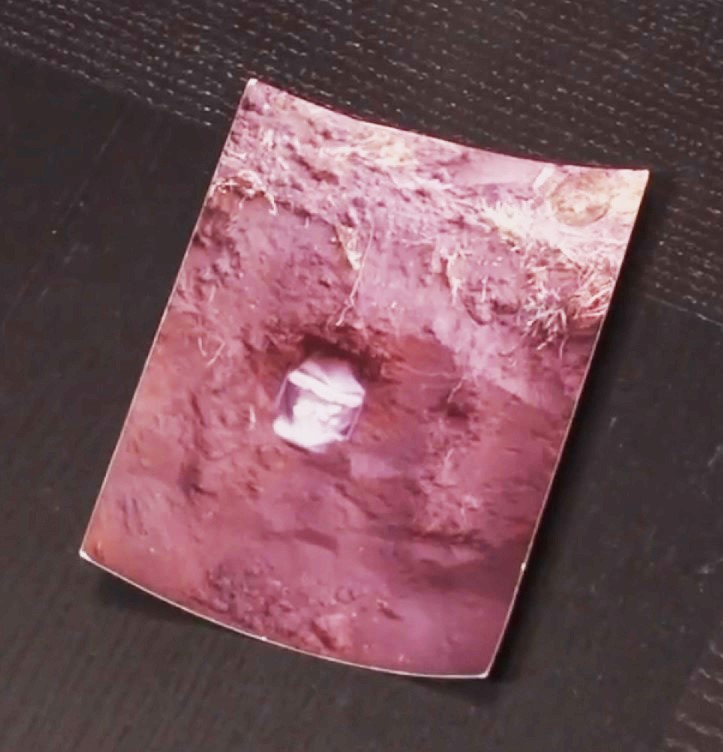Before sharing Don Adams’ solution to the buried casque believed to be in San Francisco, I’d like to mention only a few (of many) of his other AWESOME adventures and successes. He does extreme due diligence, research, and planning in all hunts he gets involved with – as I’m sure you will realize in his presentation below for The Secret. My husband Mahlon and I had met Don a few years back when he had visited PA. We met up with him to search for one of H Charles Beil hidden treasures in western Pa. Don had previously solved one of these hidden in New Mexico (His Story is HERE /image of found buried treasure below in collage). He also solved ‘A Ring of Old’ and claimed its Treasure! That is another wonderful account of claiming treasure! They are some of his adventures.
But I also want to quickly mention his own Treasure Hunt he created back in 1990 called ‘the Inheritance Part 2‘ (shown below) (created after his involvement in the Search for the Golden Horse). Don’s hunt, Inheritance, was successfully solved with all treasures claimed. Don shares a PDF of the book, and if wanted, the Solution on the MW Forum. It is an impressive solve! The finders’ story was in TREASURE Magazine (1993) – and the cover image (shown below) is of the finders. (Don shares the full article of that here)!
OK….let’s get to Don’s account on The SECRET…. it is an excellent interpretation of the clues…. Enjoy!
A San Francisco Solution
Written by Don Adams (TxTH)
This is the tale of the path I followed to look for the San Francisco casque which was one of twelve casques buried by Byron Preiss as “treasures” to be found by using text and visual clues in his book The Secret: A Treasure Hunt.
To start this journey, I considered that Byron Preiss, while creating the clues for Golden Gate Park, was probably standing somewhere near the burial site and was looking around taking notes and pictures of what he was seeing. This is what I think he saw and how he used that to create a cryptic verse and also to have John Palencar create a painting that, together, concealed his vision in mystery.
Is my interpretation perfect? Obviously that will never be known since Byron Preiss is no longer with us to verify what he intended and I am certainly not so naive to think it is. I know I am probably not completely correct according to Byron. I simply did a great amount of individual research trying to put together what was available in the area around 1980 and from what was there that Preiss might have used. I have never read the back of the book except to give it a cursory glance when I first got my copy of the book. I stayed away from the forums for the most part except to read them as entertainment and tried to work completely on my own. I confided in only one other person that I trust and admire because I knew they would give me open and honest opinions about what I was putting together. It was from this person I first learned of the Japanese version of the book and its hints.
To come up with the final location, after researching the landmarks and monuments that were in plain sight, I used the poem and painting to come up with the information I used for my final ideas. This is not a “solution” per se but simply my understanding of what Byron Preiss was trying to tell me along with the things I thought J. J. Palencar was expressing visually in his painting. With that said, here is how I made my passage through San Francisco’s fantastic Golden Gate Park using only the poem and the painting to guide me.
THE VERSE:
1. At stone wall’s door
The air smells sweet
I first thought the door was the passageway underneath Kezar Dr. at Alvord Lake because of its nearness to the Ghirardelli Card Shelter. But now I feel pretty sure it most likely refers to this door on the ticket booth (hot dog stand) located at the carousel. It is probable that there were plenty of flowers in this immediate area, but the fact that the main nursery for the entire park is located just across the street from this location, improves the possibility of a sweet smell here. This door also has the gated window that is so prominent in the painting next to it, in fact one on each side. The window was the key to finding the starting location (the stone wall’s door).
2. Not far away
High posts are three
Now that I am standing near the door I should be able to see everything Preiss was seeing. I found that moving up the stairs to the west of the ticket booth and on up to the trail that runs by the Koret Playground Restroom I had a better view of everything. Preiss very likely did much the same thing. Three very tall trees (the three high posts) are located right next to the path here which is definitely not far away from the door.
3. Education and Justice
For all (to see)
Sarah B Cooper Memorial – Sarah Cooper was involved in “Education for all” by being instrumental in the starting of a free kindergarten program for the poor children of San Francisco and she also sought “Justice for all” by being actively involved as a leader within the women’s suffrage movement. This monument is located just south of the carousel ticket booth in plain sight from the door area as well as from the trail I was standing on.
4. (to see) Sounds from the sky
I questioned myself whether the “to see” should be used with this line of the verse. The Sutro Tower broadcasts radio signals. The Japanese version of the book hinted linked to this. We can extract “sounds from the sky” by receiving invisible radio waves on a radio receiver. I also asked myself “What if I didn’t have the Japanese version?” Did I need the Japanese version to figure this out? Could I find the casque without this clue? Obviously I can’t see radio or sound waves but I can see the Sutro radio tower.
5. Near ace is high – This clue eluded me for a long time as I was trying to figure out what Preiss saw in this area that related to it. I finally realized that Preiss was playing with the words for this clue. Take “Near ace is high” and combine ace-is to get “Aces” which yields “Near aces high”. So how does that apply in this area? Was it a stretch to put these words together or am I forcing the clue to fit my needs? Whatever it is, it seemed to fit naturally. Aces High was a WWI movie that came out in 1976 about British pilots serving on the Western Front in 1917. However, the original story this movie was based on was a play called Journey’s End. It was about a British infantry company serving in France in March of 1918. The Foresters Memorial, located here in this area, is a tribute to the members of the order that gave their lives serving from 1917 to 1919 during WWI in France. This Memorial is located on the same path as the restroom building and, as you can see in this picture, it is right across another path from the three “high posts” seen on the left edge of this image…
Now for the answer to what is “Near ace is high”? It is simply the walking path on which I am standing that also has a view of the Sutro Tower and the Sarah Cooper monument. (See previous image.)
Running north, but first across – So this walking path that runs north (approximately) and passes near the WWI memorial is what I was looking for. However, before running north, this path also goes “across” towards the west (approximately) on the south side of the Koret Playground Restroom Building. This path on the south side of the restroom leads to the men’s restroom and a parking lot.
To me, the way this verse line reads seems to imply that before I go north, I need to use this path where it first goes across and then I will go north.
In jewel’s direction – At this point I am standing on the path near the Koret’s Playground Restroom and I can see the path “across”, the ticket booth that has the door (“At stone wall’s door”) and window (from the painting). I am also in sight of the three trees (“High posts are three”), the WWI Memorial (“Ace is high”), the trim on the Sharon building (from painting), the Sutro Tower (“to see Sounds from the sky”), and the Cooper Memorial (“Education and Justice For all” as well as the rose stem in the painting). From here I need to go “first across” before going north.
Is an object
Of Twain’s attention – As I head west, going across, there is a statue of Ulysses Grant which is (was) located on the Music Concourse in this general direction. Twain helped write and publish Grant’s memoirs. However, what I think that the object being referred to here is Twain’s interest in the large Sequoia/Redwood trees of California and Nevada. If that is so it could simply be the large tree located at the west end of the restroom building. Either one would work. As you can see from this Google Earth image, everything is plainly visible from here (except the Grant statue) in a nice compact area with easy in/out access by road. The “Standing Location” would actually move up and down the walking path as I moved. It is not a stationary point.
7. Giant pole
Giant step
To the place
The casque is kept. – As I said, the verse “Running north, but first across” implied I needed to go across before going north. If I do that, I will reach the west end of the restroom building beside this “Giant pole” of Twain’s interest and then I will go north (towards the camera) on the path (ramp) up to the men’s restroom door’s “porch” and take the “Giant step” off of the top of the ramp down to where the casque is kept. That is the area where the circle is located. The parking sign got in the way in Google Earth.
Here is another angle of the Giant pole and the Giant step:
This is really an ideal place for Preiss to bury the casque. In 1980-81 the Sharon building was still closed for renovation from a fire and the carousel was also disassembled for renovations. With all of the construction and upgrading going on, someone digging a hole would not be out of place, especially next to a restroom that could have a pipe leak as an excuse to dig.
Now to look at the painting…
LOCATIONS from PAINTING
In the girls hair I see 37 and 38. On the front of her dress I see the Roman Numerals I II II (122) and I II III (123). These are the longitudes and latitudes of the geographic grid containing San Francisco.
The gated windows on the ticket booth (hot dog stand) revealed the stone wall door:
This image of the other side of the ticket booth (hot dog stand) shows the faux stonework a lot clearer.
The trim on the Sharon Building is found behind the rose and on the other side of the girl by her left elbow in the painting. To me, this trim, along with its inclusion in the painting, really nailed this area down as the probable location.
2nd Ave to 2nd Ave line calculated using the girls hands. Red circle is the west end of the restroom where I thought the casque was located.
Gh = Ghirardelli Card Shelter which was located just off Stanyan Street
Cooper Memorial – If you look at the area where the rose stem makes a spiral shape in the painting instead of the stem itself you can see this curl though it would be the reversed one on the right side (in the shade) which matches.
Here is the painting with all of the parts I used marked in yellow. I thought the backwards Gh referenced the general location of the Ghirardelli Card Shelter near Stanyan Street. This helps us locate the “anchor” street to count from to identify the street she is pointing at with her index fingers. If you start with Stanyan Street as the first street and count 4 more streets going west on the north side of the park you end up on 2nd Ave and on the south side of the park start with Stanyan and count 3 more streets and you also end up on 2nd Ave. Connect them with a line across the park on a map and the line will pass right through the area where I thought the casque was located. (More on this later.) A possible reference to Strawberry Hill may just be a Golden Gate Park reference. It didn’t really matter.
I also had no clue as to what the small symbols around the edges of the girls dress meant and did not need them to figure out the location.
I didn’t mention it earlier, but, to me, the shape of the woman’s left hand on her forearm has the shape of the intersection formed by Kezar Dr. and ML King Jr. Dr. (South Drive in 1980) with the end joint of her index finger being Lincoln Way. That would make the top of her right arm Bowling Green Drive that led to the parking lot located right next to the burial spot.
It was a long and winding path to finally reach this point. I had all the clues and the burial area narrowed down to a 10’ by 9’ plot of land.
At this point I combined all of the information I had uncovered to locate precisely where to dig. There were all kinds of theories about the girl’s hands in the painting and, as I said earlier in this document, I first used them as pointers to extract a street from a map and as a result ended up with the general area of the casque. But what I was really hoping for was that she was showing me more, such as how many feet to measure from the corner where the restroom building wall and the ramp wall intersect. This would be 3 feet along the 10 foot ramp wall and 4 feet along the 9 foot restroom building wall based on the number of squares on her sleeves. I measured those distances on the two walls and then drew lines out at 90 degrees. Where these two lines intersected was my initial target, my “X” marks the spot location. I started probing there first.
There you have it, for better or for worse, my understanding of where the San Francisco casque was buried. Now, on to Houston!
===================================================================================
I kept this picture handy just for my general reference. This is a picture of the Chicago casque in the ground showing the approximate depth of burial. The box is about 8” tall so it looks to me like it is approximately 12 to 18 inches to the top of the box from the surface. I marked every foot on my probe as well as the 18” point so I would know when I was close to that depth in case it was buried about the same. I was prepared to go to 3 feet deep if necessary.

